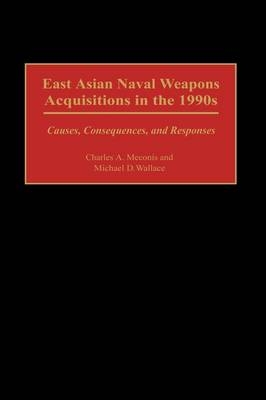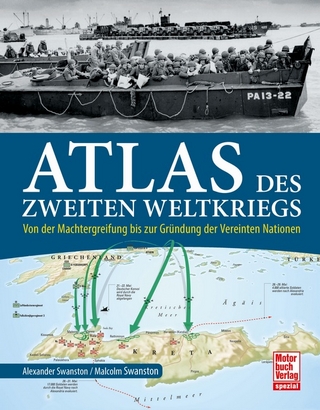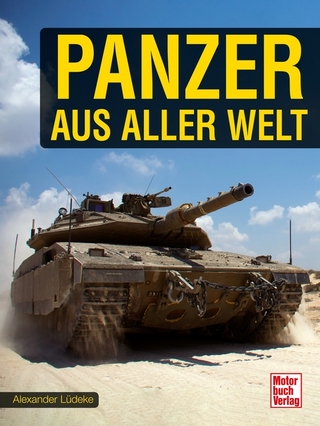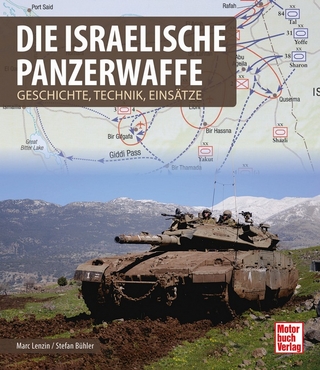
East Asian Naval Weapons Acquisitions in the 1990s
Praeger Publishers Inc (Verlag)
978-0-275-96251-7 (ISBN)
The changing balance of naval forces has been interpreted in two very different ways. One camp has viewed the development as a largely benign and justifiable modernization of naval forces for legitimate defense purposes. A second camp has warned of a naval arms race in East Asia that will spawn armed conflict. Both camps have often relied on anecdotal evidence and rhetoric. While the argument was muted by the 1997 economic crisis, many naval projects have continued to move forward. Meconis and Wallace address the meaning of East Asian naval weapons acquisitions in the 1990s in a more formal and serious manner than any previous attempts, and they propose measures that might prevent naval conflict.
CHARLES A. MECONIS is a founder and the Research Director of the Institute for Global Security Studies, an independent, non-profit research and education organization in Seattle. He is also a consultant to New York University's Center for War, Peace, and the News Media. His area of expertise is maritime security in the Asia-Pacific region. Throughout the 1990s he has played an important role in regional conferences and dialogues on that issue. MICHAEL D. WALLACE is Professor of Political Science at the University of British Columbia. He has written numerous books and articles on the causes of war, arms races, the risk of accidental war, and nuclear arms control. He is a member of Pugwash, and is on the editorial board of several academic journals. His most recent publications include articles on behavioral and cognitive factors in conflict escalation, fissile plutonium disposal options, and a mathematical model of Asian arms races.
Introduction
Part I: Naval Weapons and Arms Races: Extending the Theory and Findings
East Asian Naval Weapons Acquisitions in the 1990s
The Theory of Arms Races
Competitive Arms Process Models and East Asian Navies
Submarine Acquisitions in East Asia 1989-2004
Part II: From Theory to Practice: Some Significant Regional Maritime Rivalries
Enduring Rivalries and Naval Arms Races
Japan and the Republic of Korea: Maritime Rivals?
China and Taiwan: Naval Arms Competition
Part III: Great Powers Naval Forces, and Efforts to Prevent Naval Conflict in East Asia
The Role of the PLA Navy
The Role of U.S. Naval Forces and Naval Weapons Transfers
Preventing Naval Conflict in East Asia
Selected Bibliography
Index
| Erscheint lt. Verlag | 30.4.2000 |
|---|---|
| Sprache | englisch |
| Maße | 156 x 235 mm |
| Gewicht | 567 g |
| Themenwelt | Natur / Technik ► Fahrzeuge / Flugzeuge / Schiffe ► Militärfahrzeuge / -flugzeuge / -schiffe |
| Geschichte ► Allgemeine Geschichte ► Zeitgeschichte | |
| Geisteswissenschaften ► Geschichte ► Regional- / Ländergeschichte | |
| Sozialwissenschaften ► Politik / Verwaltung ► Europäische / Internationale Politik | |
| ISBN-10 | 0-275-96251-2 / 0275962512 |
| ISBN-13 | 978-0-275-96251-7 / 9780275962517 |
| Zustand | Neuware |
| Haben Sie eine Frage zum Produkt? |
aus dem Bereich


